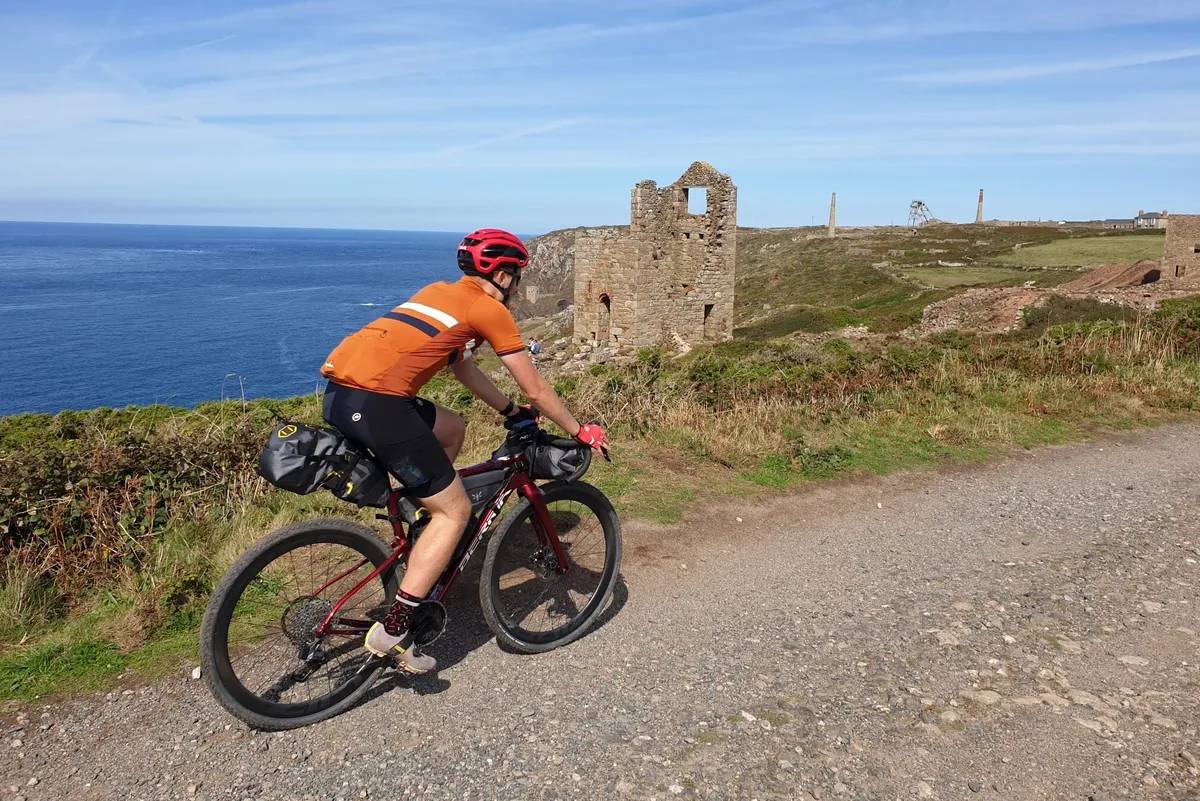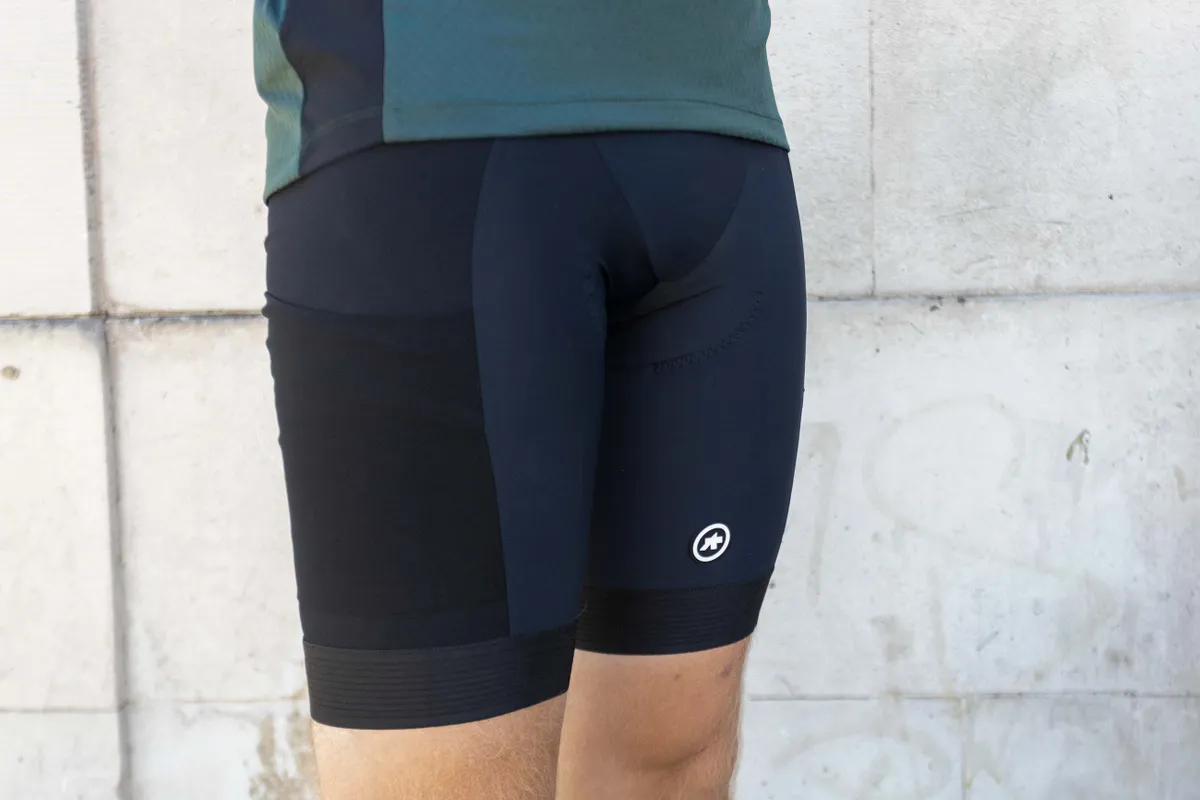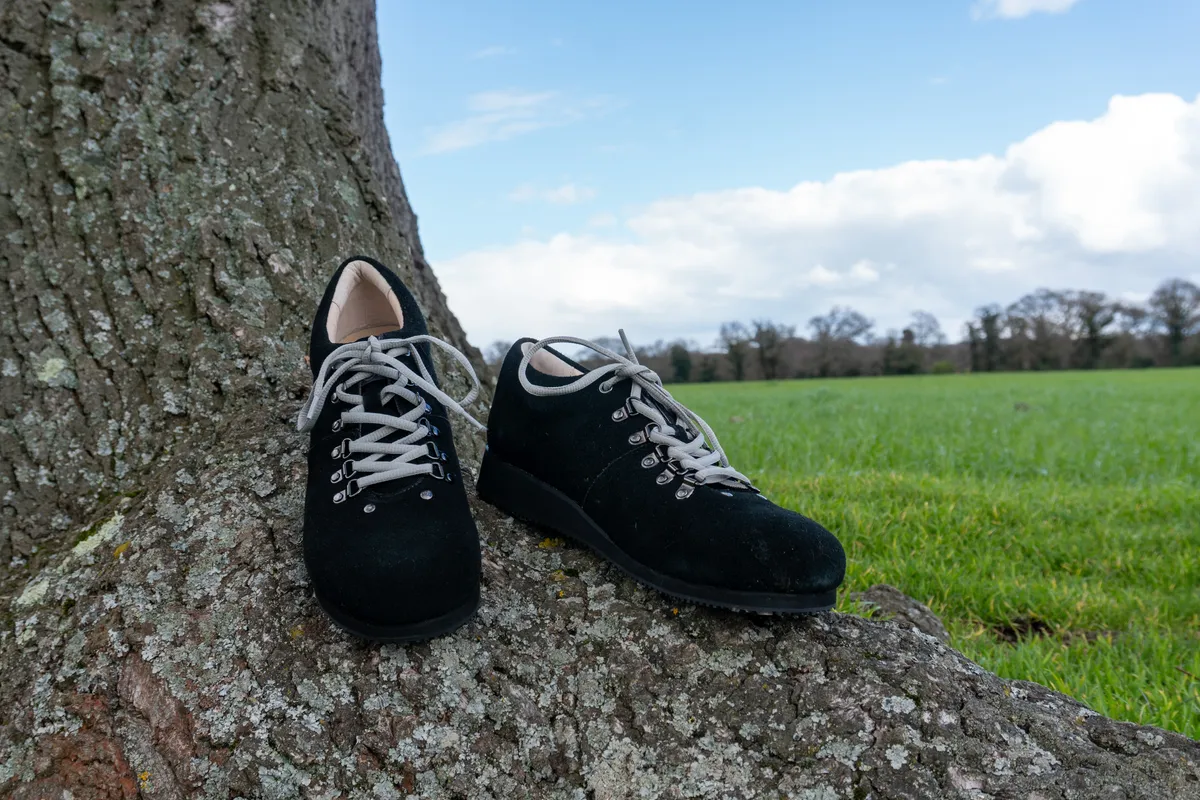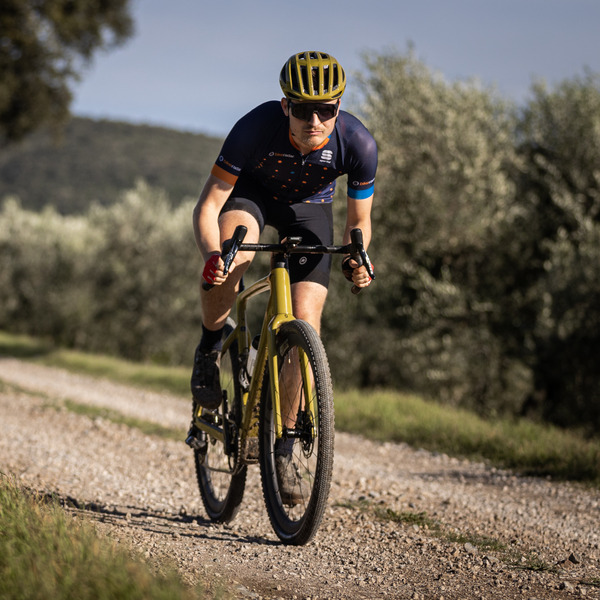Bikepacking is the most liberating form of cycling – a chance to escape the doldrums of everyday life, where the only expectation is to ride and embrace the scenery, making progress towards an eventual destination.
However, it would be fair to say a lot of logistical planning goes into a trip, and you need to consider the problems you may encounter on the road or trail.
However, no amount of planning can cover every eventuality – and some of these eventualities appear to be near-certainties, no matter how hard we try to avoid them.
Here are 10 things that go wrong on every bikepacking trip – here’s hoping you won’t make the same mistakes.
1. Packing problems

Bikepacking is very different from an epic day ride and even on trips that require the most minimal of kit, there’s still a fair amount you’ll need to carry to be self-sufficient – riding spares, clothing and food, for a start.
Things then get significantly more complicated if you decide you’re going to camp.
Now try to attach all of that stuff to your bike.
This is where bikepacking bags or pannier bags come in, but some creativity in packing them correctly is required, and is something you’ll learn the more experience you build up.
Even still, the same setup won’t necessarily work for every trip – you need far less if you’re planning an overnighter, compared to a week-long tour.

Once you’ve finalised your setup for the trip at hand, the expectation of what you think you’re going to need versus what you end up carrying differs starkly.
I’d need another set of hands to count the number of trips where I think I might be able to get away without using a certain bag, only that never happens.
I’ll never forget having to fit some fork bags at the very last minute, ahead of riding The Pictish Trail, after discovering that the only place the bikepacking tent I was taking would fit was the seat pack.
And then, once you’ve got everything in its right place, you get to do it all again each and every morning and wonder how your kit has miraculously expanded in volume overnight.
2. You will forget something

On the point of hurriedly cobbling everything together, it’s a given that you’re going to forget something.
Fortunately, I have never forgotten anything critical, but there are so many things that could go wrong – forgetting something critical such as your shoes, through to more minor but equally important things, such as disc brake pads.
To prevent this from happening, I have a checklist I run through prior to every trip. That said, every trip has its own nuances – you might be riding somewhere particularly hot, or somewhere freezing cold (or both), so you should revise your checklist.
3. Last-minute mechanicals

The run-up to a trip can throw up all kinds of complications and there's often a last-minute mechanical you need to sort, or a part you ordered months ago that hasn’t turned up.
This could be from suddenly remembering it’s a wise idea to take a spare derailleur hanger, or replacing that dodgy tyre that’s been leaking sealant, or a chain that’s close to the wear limit.
I’ll never forget having to drive to a Decathlon an hour away the day before a trip because it was the only store within a reasonable distance that had the water purifier I needed in stock after Parcelforce failed to deliver it on time.
I’d always recommend starting to plan what consumables you might need to replace on your bike at least two or three months before a trip, so everything arrives in time. This gives you the chance to test the final setup and make any necessary tweaks.
And trust me when I say it’s even worse if you’re a cycling journalist and you have to throw organising a test bike into the equation.
4. Things take longer than you expect

While it’s always worth spending as much time as possible route planning and checking, never expect it to go to plan.
There’ll always be some kind of complication you didn’t expect – a rogue hike-a-bike, an impassable road closure or a trail that doesn’t exist.
Add in the endless waiting around for others or that mountainous climb that proved tougher than expected and the hours can suddenly vanish.
If you’re riding with friends, you’ll severely underestimate the time they can spend faffing.
If you can, I’d always recommend having a day’s contingency if you fall behind, so you’re not having to make a lung-busting rush to the finish for a scheduled journey home.
I’d also be wary of booking set accommodation in case you don’t make it in time (the joys of being able to camp wherever you want).
When I raced the Seven Serpents, one of the riders had booked hotels for every night and that plan went completely out of the window when he failed to make the first night’s accommodation…
5. Something you never expected to break breaks

Even after all the planning and meticulous pre-trip testing, something will still probably break.
For myself, that’s been losing a cleat bolt and being temporarily locked into the pedal, not realising one of the bolts for the frame bag fouled with a top tube bag strap (which then caused a knee injury). I've also had tyre woes that meant I had to come off the route to find a bike shop for more inner tubes.
A lot of this can be mitigated by a robust maintenance regime before the trip, but other times, stuff just happens.
In a roundabout way, I’ve learnt to carry what might wear out or break – and that’s helped other riders out. Likewise, I’ve been very grateful when others have helped me out.
6. You’ll miss the food stop and then have to wait ages

I’m very guilty of this one – you see an enticing food stop, but it’s 5km short of the halfway mark and you’re determined to stick to your mantra of getting more than half of the day’s work done before stopping for lunch, only for there to be nothing for miles afterwards.
Cue the feeling of running on empty when you’ve finally exerted yourself.
If the opportunity for food or water comes along, I’d always recommend taking it – especially if you’re riding in hot weather – because suffering from heat stroke is not fun.
It’s always wise to carry some extra food just in case you find yourself in this situation – it’s why I always stock up at a supermarket or bakery.
7. You’ll get a new scratch on your frame

Bikepacking will inevitably do a number on your frame, from the telltale signs of abrasion caused by bags rubbing to adding a new scratch to the collection where you’ve had to lean your bike in a precarious position.
I religiously apply tape all over the frame and any components that are likely to get scuffed on a trip, but no matter how much care you take over protecting your steed, expect to find a new scratch in a location you’d never considered at the end of a trip.
Think of it as a sign of pride, a bit of battle damage and a reminder of the epic journey you’ve been on.
8. You haven’t pre-tested something thoroughly enough

This is another one I’m guilty of – make sure all the kit you use has been pre-tested thoroughly before you subject it to an arduous ordeal.
The best kit for bikepacking is your oldest gear – gear you know is comfortable.
For me, that includes a set of seven-year-old Castelli Rosso Corsa Pro gloves I’ve re-sewn four times because I’m yet to find anything more comfortable and a pair of Assos Mille GTC Kiespanzer C2 bib shorts that I now reserve for long rides so they wear out slower.

A week-long tour is not the place to try new bib shorts or shoes – a mistake I made when I tested the Stomp Lox Slack shoes on the Pictish Trail. They're good shoes and I thought I’d pre-tested them thoroughly enough by doing a few longer rides before the trip.
But, on the second day of the trip, they started to rub on the widest part of my midfoot on both feet, so cue the rigmarole of plastering my foot up at the start of every day…
9. Something will run out of charge… exactly when you need it

Fortunately, this hasn’t happened to me because I am battery paranoid, but I’ve heard many tales of riders who have experienced it.
You get your phone out to double-check what your bike computer’s telling you is right and, bang, it dies.
When you factor in having to juggle charging multiple bike lights, electronic groupsets (if that’s your flavour), a camera and more, it all becomes a bit of a balancing act.
I’d always recommend carrying a power bank, in case the worst happens, and I also like to carry a plug with multiple USB-A and USB-C ports, so I can charge multiple things at once if I stop somewhere for lunch or have a bed for the night.
On the Seven Serpents, there was a remote 130km section through the wild Risniak National Park (notable for its brown bear population). Because I’d bivvied the night before, my electronics weren’t fully charged, so I chose to simply switch my phone off to preserve its battery.
While I can’t quite call that particular section of the race bliss, it certainly felt freeing to have a bit of a technology detox.
10. Not having a water strategy

If you’re riding somewhere particularly remote or hot, it’s crucial you consider how much water you’re carrying. If you’re camping, you’ll want to pay attention too, because you’ll be surprised how much water that consumes.
Two 750ml water bottles inside your down tube might not be enough – you’ll almost certainly want to carry more.
That’s where the mounts under your down tube come in handy for another bottle – and you may also want to carry a hydration pack.
If you’re riding somewhere where there will be a water source, such as a river or lake, consider carrying a water purifier.
When I raced Badlands in Spain, there was a lumpy 110km section with absolutely nada. Many riders who had ridden the race before warned that was a common section where it was easy to come undone and the last thing I wanted was to be collapsing from dehydration in the middle of the fierce Andalucian heat.
As such, I had a minimum 4.5l water strategy – two 750ml bottles in the down tube, another 750ml bottle in my rear pack, a 2l Apidura Backcountry Hydration Backpack and a couple of emergency Cokes – and that got me through.
Don’t let these mistakes put you off

While the thought of bikepacking may sound daunting to the uninitiated, especially with the risk of these mistakes happening, just remember it’s all part of the fun and you’ll become a better rider for it.
You don’t need the best equipment – just get out and do it.
